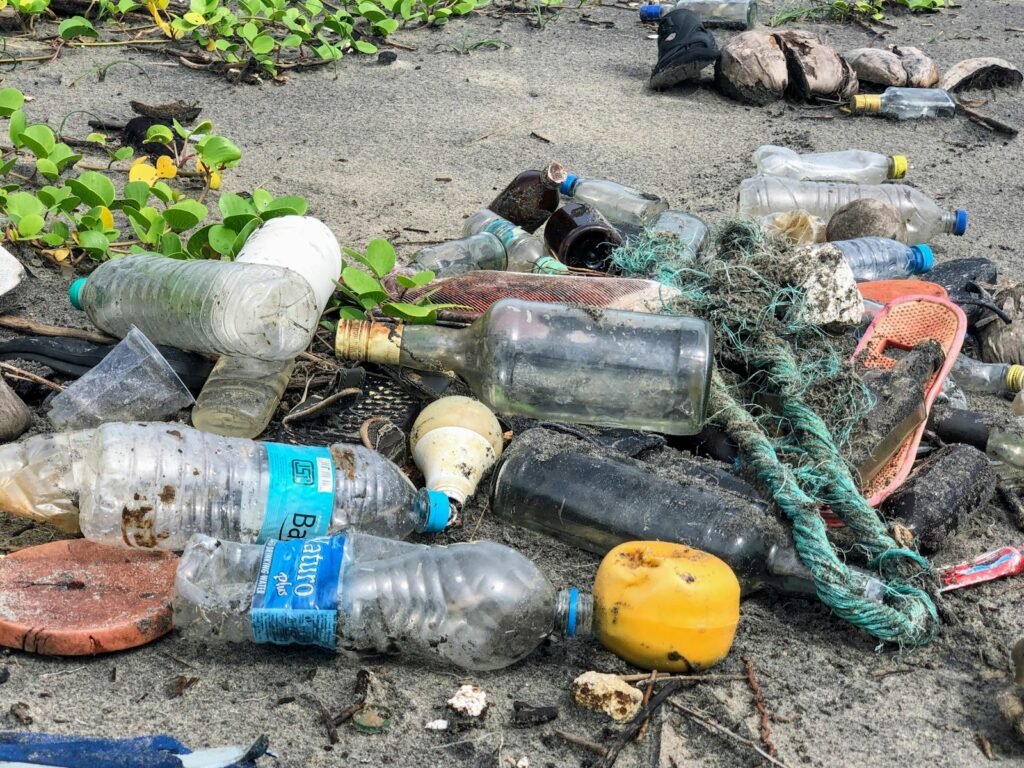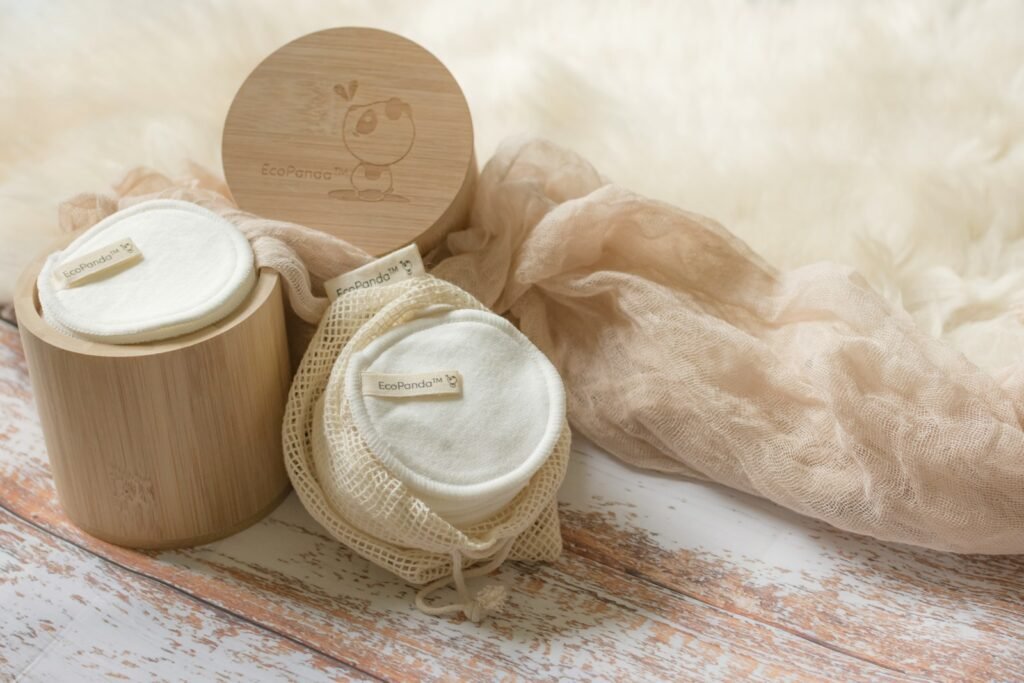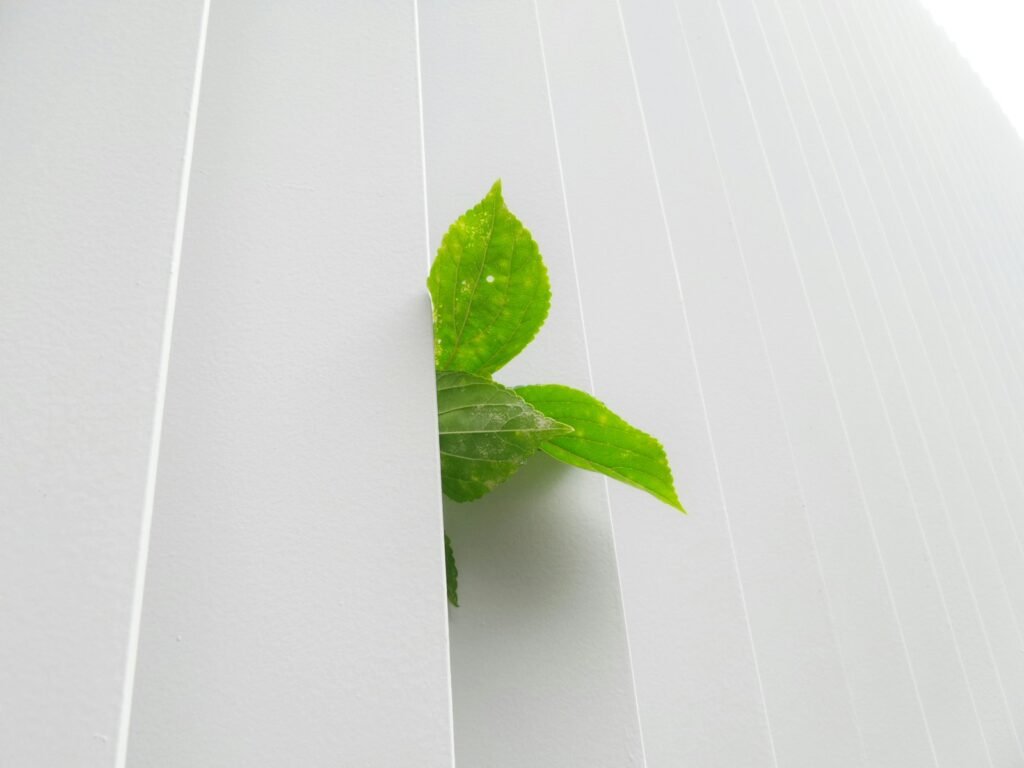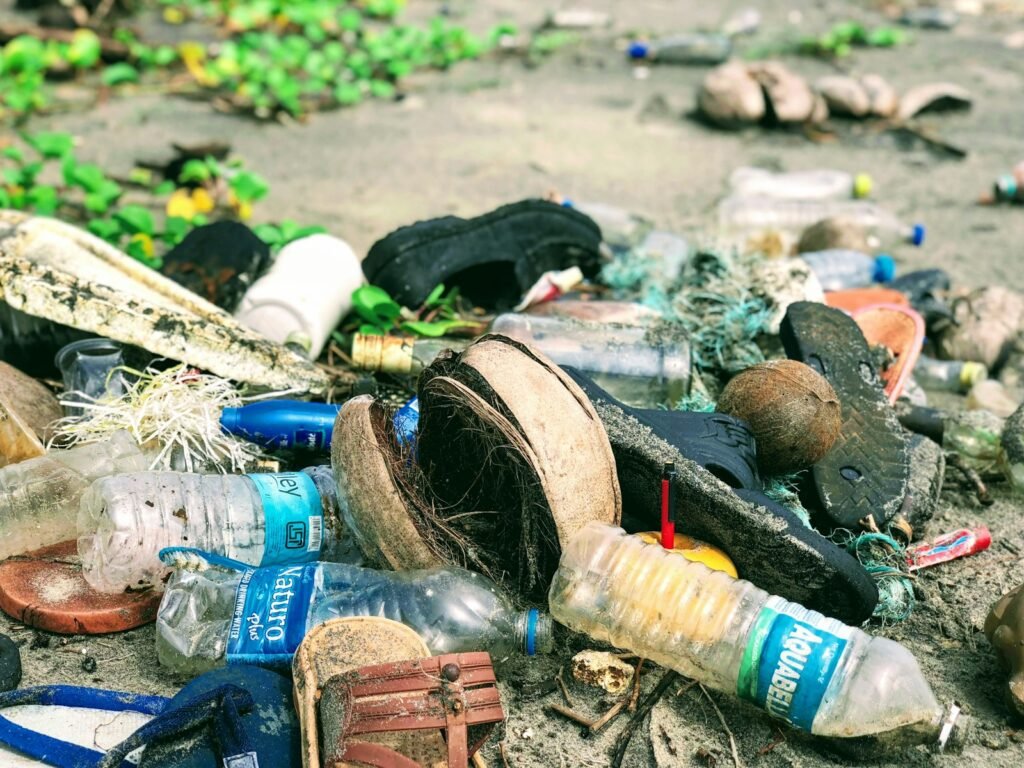Making your home more eco-friendly doesn’t always require a complete overhaul. In fact, small and consistent changes can have a significant impact on the environment over time. These hacks are designed to be practical, affordable, and easy to implement—perfect for anyone looking to reduce their carbon footprint without sacrificing comfort or style.
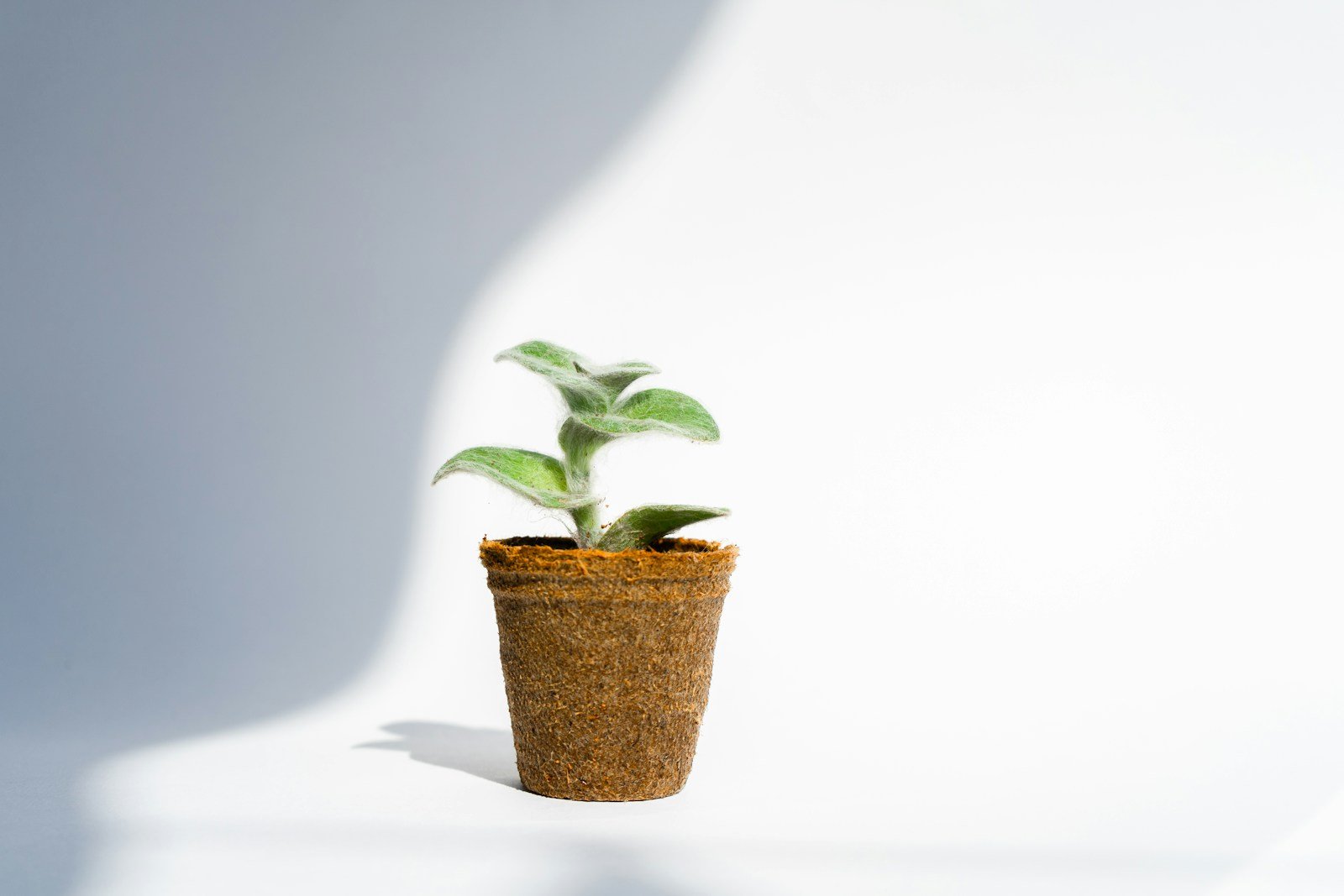
Switch to Energy-Efficient Lighting
Traditional incandescent bulbs convert most of their energy into heat rather than light, making them inefficient and costly in the long run. LED and CFL (compact fluorescent lamp) bulbs are much more efficient, using up to 80% less energy while lasting significantly longer.
Replacing your home’s lighting with energy-efficient alternatives is one of the easiest ways to cut down on electricity use and reduce your environmental impact. Look for bulbs labeled as “energy-saving” or check for certifications like Energy Star. These small upgrades can lead to noticeable savings on utility bills over time.
Use Reusable Shopping Bags and Containers
Single-use plastics are a major contributor to landfills and ocean pollution, taking hundreds of years to break down. By simply switching to reusable shopping bags, containers, and wraps, you can significantly reduce your plastic waste footprint.
Keep a few reusable bags in your car or by the front door for quick trips to the store. For food storage, opt for glass jars, stainless steel containers, or beeswax wraps instead of plastic wrap and disposable bags. Making these swaps part of your daily routine helps create long-term environmental habits without much effort.
Install a Low-Flow Toilet and Faucet
Water conservation is an essential aspect of eco-friendly living. Traditional toilets and faucets can use more water than necessary, contributing to higher utility bills and unnecessary strain on water resources.
Low-flow fixtures such as WaterSense-certified toilets and faucets are designed to reduce water usage without compromising performance. These products can help you save thousands of gallons of water over the years while also reducing your monthly water bill. When shopping for new fixtures, look for labels that indicate their efficiency and water-saving potential.
Start a Home Composting System
Composting is an excellent way to turn food scraps and yard waste into nutrient-rich soil, reducing landfill contributions and promoting healthier gardens. Starting a compost bin at home can be as simple as setting up a small container in your backyard or using a countertop composter indoors.
To get started, separate kitchen scraps like fruit peels, vegetable trimmings, coffee grounds, and eggshells from non-compostable items such as meat, dairy, and oily foods. Regularly turning the compost and keeping it moist helps speed up the breakdown process. With time, you’ll be creating rich soil that can nourish your plants while reducing household waste.
Opt for Green Cleaning Products
Many conventional cleaning products contain harsh chemicals that are harmful to both human health and the environment. These substances can pollute waterways, disrupt ecosystems, and contribute to indoor air pollution.
Eco-friendly alternatives such as vinegar, baking soda, lemon juice, and castile soap offer powerful cleaning capabilities without the environmental drawbacks. Many commercial brands also produce plant-based, non-toxic cleaners that are safe for use around children and pets. Making your own natural cleaning solutions is an easy way to cut down on chemical waste while keeping your home sparkling clean.
Unplug Electronics When Not in Use
Even when not actively in use, many electronic devices consume power—this is known as “phantom energy.” Devices like televisions, computers, gaming consoles, and chargers can continue drawing electricity even when turned off or in standby mode.
Using smart power strips that automatically cut off power to idle devices is an effective way to prevent unnecessary energy consumption. Alternatively, make it a habit to unplug electronics after use or invest in a multi-outlet surge protector with an on/off switch. This simple change can help reduce your home’s overall electricity usage and lower utility costs.
Choose Sustainable Furniture and Decor
The furniture and decor you choose for your home can have a lasting environmental impact. Fast furniture is often made from low-quality materials, involves harmful manufacturing processes, and ends up in landfills after only a few years of use.
Opting for second-hand or upcycled items not only reduces waste but also adds unique character to your space. When purchasing new pieces, look for products made from sustainable materials such as reclaimed wood, bamboo, or recycled metals. Certifications like FSC (Forest Stewardship Council) or Greenguard can help guide you toward more environmentally responsible choices.
So What?
These seven hacks are just a starting point on the path to creating a greener home. The key is consistency and intentionality—small changes over time add up to meaningful impact. Every step taken, whether it’s swapping out light bulbs or composting food scraps, contributes to a more sustainable future. With these simple practices in place, you can enjoy a healthier home while making a positive difference for the planet.
